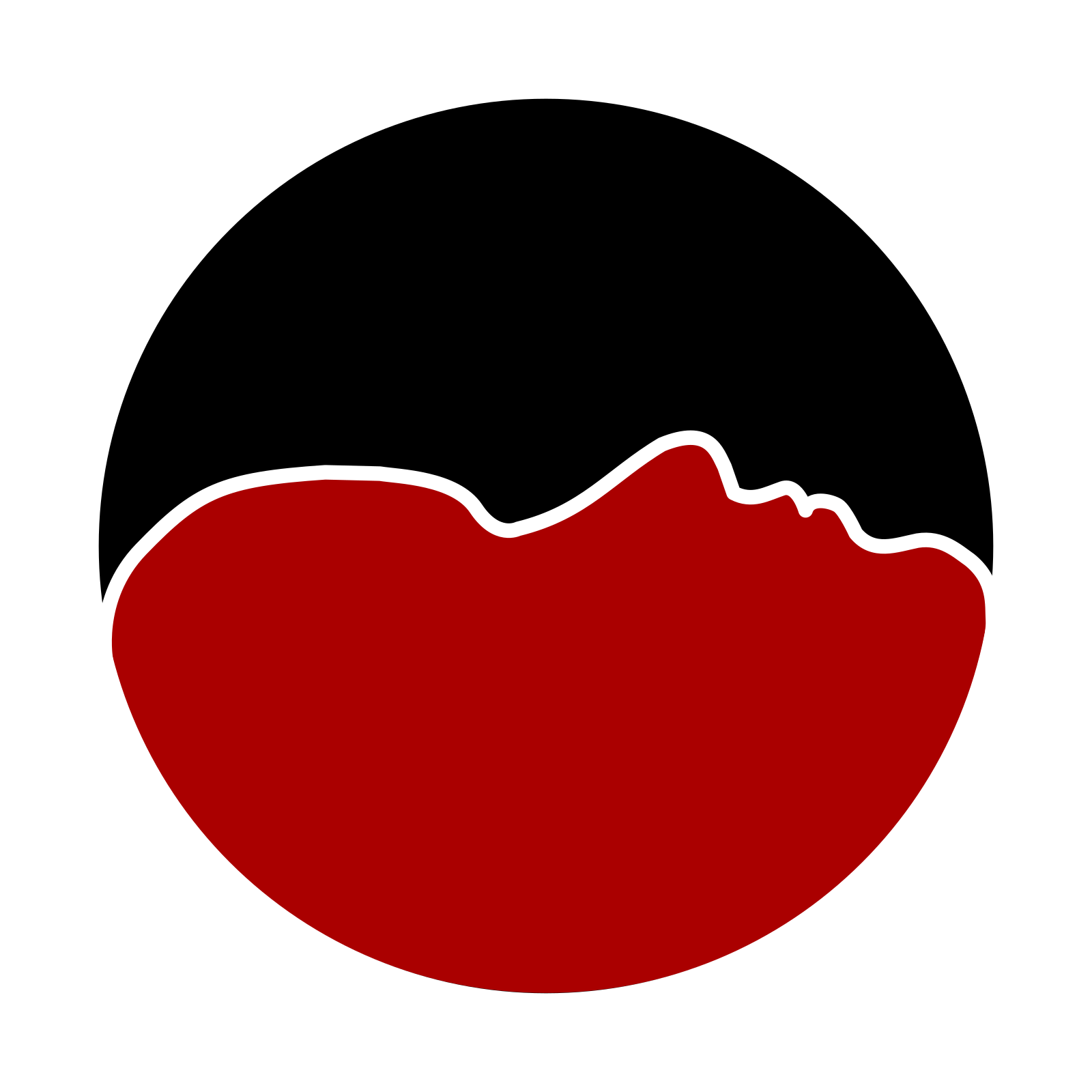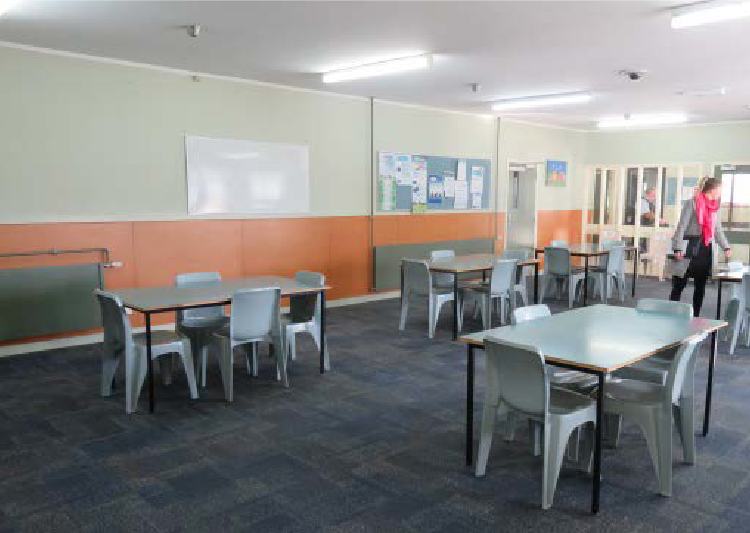This is the third post in a series on conditions inside New Zealand’s prisons, written by members with lived experience. The first post about bedding is here. The second post, about sleep disruption during night checks, is here.
Visiting rooms in New Zealand prisons are in dire condition. Prisoners and their families report that visiting rooms across the country are unwelcoming and do not facilitate a family-oriented experience. Under the Corrections Act 2004, prisoners are entitled to one 30-minute in-person visit per week. If a prisoner is Off-Privileges, visits usually occur in a booth where physical contact between the prisoner and the visitor is not possible. Often separated by the window.
Before COVID-19 in March 2020, visits were typically two hours long at most prisons, once a week, or one hour several times a week. However, since then, visits have either not occurred at all or have been limited to one hour. Ara Poutama Aotearoa | Department of Corrections continues to cite staffing shortages as the reason for these limitations. However, multiple comments by the Ombudsman suggest that Corrections have been using the staffing shortage excuse to make it easier for themselves instead of doing what is right for prisoners and their families and friends.
During visits, prisoners are forced to wear full-length bright orange overalls, which are cable-tied through the zip to ensure they cannot be removed. They are only entitled to touch their family and friends for a hug or brief kiss once at the beginning of the visit and once at the end of the visit. The remaining time must be spent seated apart, normally with a table between them or with the seats at least one metre apart. This is the same for both high-security right down to minimum-security prisoners.
Some units, such as Rimutaka and Christchurch Men’s Prison, have centralised locations for visits, while other prisons like Rolleston have dedicated areas in each unit. Very few visiting rooms around New Zealand have facilities for prisoners to engage with their tamariki (children). Normally, the games and activities provided have been supplied by prisoners and their families or in the case of Christchurch Men’s prison supplied by Pillars, a charity that supports children who have a loved one in prison, instead of being purchased by Corrections.
A recent example involved a prisoner experiencing a visit with his child at Rolleston Prison, where there were no toys or activities for the child and prisoner to engage in. After many complaints and requests, a chalkboard was finally provided, but no other options were offered. No refreshments or food of any kind are provided.
Recent reports from behind the wire at prisons indicate that visitors are subjected to extreme searching when they enter the prison. They are driven to the unit for visits, often arriving late and then having to wait for the prisoner to be called up, put on overalls, and finally be escorted to the visiting room, leaving only 45 minutes to see their loved one. This occurs after having to drive 45 minutes to the prison for a one-hour visit.
Visiting rooms are often sterile, highly controlled environments that are extremely distressing for prisoners, their whānau, and children. Corrections seem to make visiting as uncomfortable as possible to reduce the number of people wanting to visit the prison, thereby reducing their overall workload. This is evident as most prisons in New Zealand no longer hold family days, again using staff shortages as an excuse for these events not to occur. This trend has been occurring well before COVID-19.
Corrections, in its Hokai Rangi Strategy, advise that family should be a strength factor, not a risk factor. On one occasion, a minimum-security prisoner having a visit at Rolleston Prison with his son and partner was permitted to have access to colouring pencils and paper to draw. His son drew him a picture, but at the end of the visit, a Senior Corrections Officer informed them that nothing could be removed from the visit area and ripped up the picture in front of the prisoner and his son.
These are the conditions prisoners, their whānau, and tamariki are experiencing when they visit prisons in New Zealand. Ara Poutama has a national standard that “family/whānau visits are encouraged and supported,” but each prison has its own criteria for implementing this policy. Visitors often face significant delays and bureaucratic obstacles when trying to arrange visits. It can take several weeks to process the necessary paperwork for visitations, and multiple attempts might be needed before approval is granted. These delays are frustrating and stressful for families trying to maintain contact with their incarcerated loved ones.
Visitation statuses as of 19th May 2024 in New Zealand prisons vary, with Northland Region Corrections Facility, Mt Eden Corrections Facility, Auckland Region Women’s Corrections Facility, Spring Hill Corrections Facility, Tongariro Prison, Whanganui Prison, Hawke’s Bay Regional Prison, Manawatū Prison, Rimutaka Prison, and Arohata Prison all having limited availability; Auckland Prison offers face-to-face visits in certain units with video calls available for others; and Auckland South Corrections Facility, Waikeria Prison, Christchurch Men’s Prison, Christchurch Women’s Prison, Rolleston Prison, Otago Corrections Facility, and Invercargill Prison being fully open.

